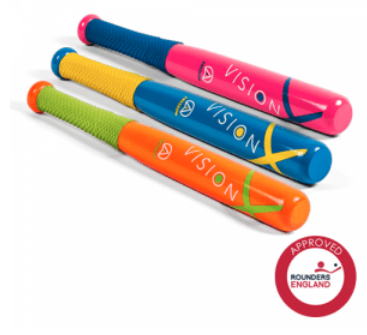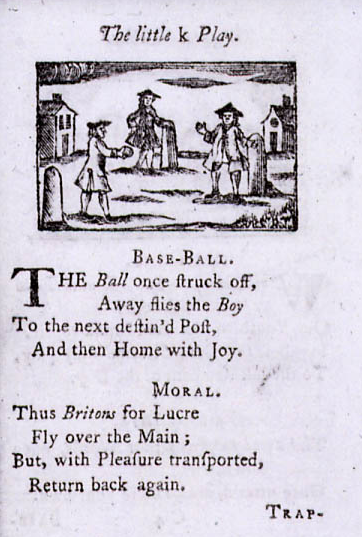Sandy Bay Rounders Home Page
Want to play Rounders? Another way to keep fit plus meet other residents of Sandy Bay.
After a successful trial, the SBPRA Committee have decided to make Rounders a permanent fixture on Sandy Bay.
This will be held on the "Sports Field" next to the Sandy Bay shop and swimming pool. All equipment will be provided.
The latest dates and times will be included in the Events Calendar.
Initially the sessions are as follows:
Sunday: Mixed Teams - 11:00 am to 12:00 midday
Please arrive a bit early to enable the equipment to be distributed to players and the pitch set up.
The History of Rounders: From Early Beginnings to Modern Play
Rounders is a bat-and-ball game with roots tracing back several centuries, often considered a precursor to modern baseball. This sport, which involves hitting a ball and running around bases to score, has a rich history marked by its evolution and influence on other popular games. Here’s an exploration of the origins, development, and contemporary status of rounders.
Early Origins
The exact origins of rounders are somewhat obscure, but references to similar bat-and-ball games date back to medieval Britain and Ireland. Early forms of the game were played by children and involved a ball and a stick, with rules varying by region. The game was known by different names, such as "stoolball," "baseball," and "round-ball," each with slight variations in play.
Formalization and Spread
The formalization of rounders began in the 18th century. The earliest known reference to the game by its modern name appears in the 1744 children’s book "A Little Pretty Pocket-Book" published in England. This period marked the beginning of a more standardized set of rules and gameplay, which helped to spread its popularity.
A Pretty Little Pocket Book
By the 19th century, rounders had become a well-established game in Britain. The first nationally recognized rules were published by the Gaelic Athletic Association (GAA) in Ireland in 1884, which formalized the game and distinguished it from similar bat-and-ball games. These rules helped to preserve the traditional aspects of rounders while promoting organized play.
Evolution and Influence on Baseball
Rounders is often credited with influencing the development of baseball, especially in the United States. English and Irish immigrants brought the game with them to North America, where it evolved into the modern sport of baseball. Despite this transformation, rounders retained its distinct identity and continued to be played in the UK and Ireland.
Modern Rounders
Today, rounders remains a popular sport, particularly in the United Kingdom and Ireland, where it is played in schools, local clubs, and organized leagues. The National Rounders Association (NRA) in the UK and the GAA in Ireland continue to oversee the sport, ensuring that its traditional rules and spirit are upheld.
Modern rounders is played between two teams, typically consisting of nine players each. The game involves batting, fielding, and running around four bases to score points. Matches are played on a diamond-shaped field, equipment includes a small, hard ball and a rounded bat.
Rules and Gameplay
The fundamental rules of rounders are straightforward:
- Batting: Players take turns to bat, aiming to hit the ball and run around the bases to score.
- Fielding: The opposing team fields the ball, attempting to catch it or throw it to bases to prevent the batting team from scoring.
- Scoring: Points, known as "rounders," are scored when a player successfully runs around all four bases.
Rounders Bats

Cultural Significance and Popularity
Rounders holds a significant place in British and Irish culture, often associated with school sports days and community events. It is seen as an accessible and enjoyable game that promotes teamwork, physical fitness, and fun. While not as globally widespread as baseball, rounders has a dedicated following and continues to be celebrated as part of the sporting heritage of the UK and Ireland.
Conclusion
The history of rounders is a testament to the enduring appeal of bat-and-ball games and their ability to evolve and influence other sports. From its early beginnings in medieval Britain to its formalization and continued play in modern times, rounders remains a cherished game with a rich cultural legacy. Whether played on school fields or in local leagues, rounders continues to bring people together, celebrating both tradition and the joy of sport.



